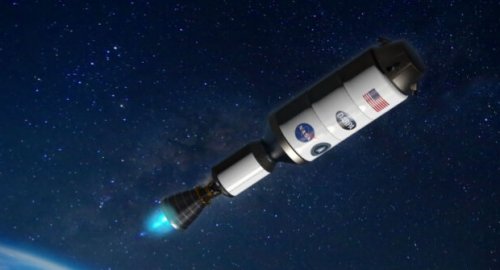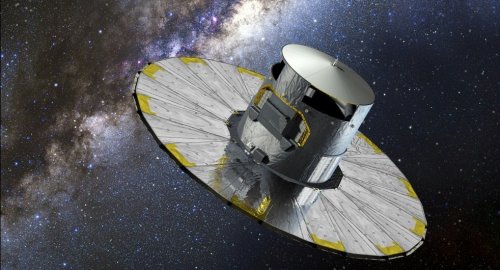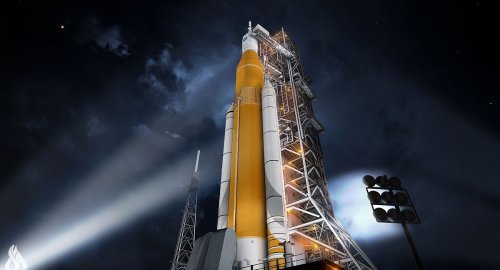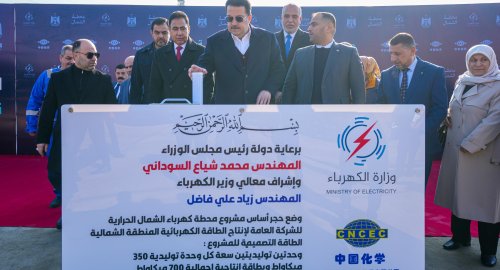INA - SOURCES
US Defense Advanced Research Projects Agency announced its intent to develop a flyable nuclear thermal propulsion system. The goal was to develop more responsive control of spacecraft in Earth orbit, lunar orbit, and everywhere in between, giving the military greater operational freedom in these domains.
The military agency called this program a Demonstration Rocket for Agile Cislunar Operations, or DRACO for short. The program consists of the development of two things: a nuclear fission reactor and a spacecraft to fly it.
NASA was coming to realize that if it were really serious about sending humans to Mars one day, it would be good to have a faster and more fuel-efficient means of getting there. An influential report published in 2021 concluded that the space agency's only realistic path to putting humans on Mars in the coming decades was using nuclear propulsion.
Nuclear thermal propulsion involves a rocket engine in which a nuclear reactor replaces the combustion chamber and burns liquid hydrogen as a fuel. It requires significantly less fuel than chemical propulsion, often less than 500 metric tons, to reach Mars. That would be helpful for a Mars mission that would include several advance missions to pre-stage cargo on the red planet.
This week, NASA said it is partnering with the military agency and joining the DRACO project.














